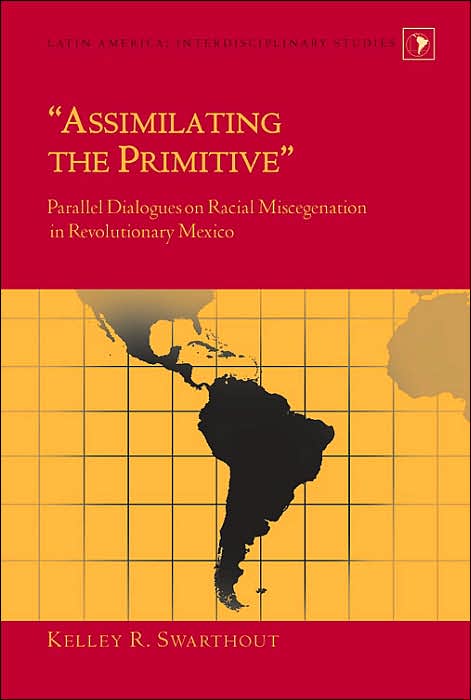The Monochrome Society: Americanness and the unsung agreement across racial lines
Policy Review
Hoover Institution
Stanford University
Feburary & March 2001
Amitai Etzioni
Various demographers and other social scientists have been predicting for years that the end of the white majority in the United States is near, and that there will be a majority of minorities. cnn broadcast a special program on the forthcoming majority of people of color in America. President Clinton called attention to this shift in an address at the University of California, San Diego on a renewed national dialogue about race relations. His argument was that such a dialogue is especially needed as a preparation for the forthcoming end of the white majority, to occur somewhere in the middle of the next century. In his 2000 state of the union address, Clinton claimed that “within 10 years there will be no majority race in our largest state, California. In a little more than 50 years, there will be no majority race in America. In a more interconnected world, this diversity can be our greatest strength.” White House staffer Sylvia Mathews provided the figures as 53 percent white and 47 percent a mixture of other ethnic groups by 2050. Pointing to such figures, Clinton asked rhetorically if we should not act now to avoid America’s division into “separate, unequal and isolated” camps.
Some have reacted to the expected demise of the white majority with alarm or distress. In The Disuniting of America (1992) Arthur Schlesinger Jr. decries the “cult of ethnicity” that has undermined the concept of Americans as “one people.” He writes, “Watching ethnic conflict tear one nation after another apart, one cannot look with complacency at proposals to divide the United States into distinct and immutable ethnic and racial communities, each taught to cherish its own apartness from the rest.” He also criticizes the “diversity” agenda and multiculturalism, arguing that “the United States has to set a monocultural example in a world rent by savage ethnic conflict; the United States must demonstrate ‘how a highly differentiated society holds itself together.’”
…Race as social construction
Many social scientists call into question the very category of race drawn on by those who foresee increasing racial diversity. Alain Corcos, author of several books on genetics, race, and racism, notes that “race is a slippery word,” one that is understood in varying manners at various times, one without a single definition we may readily grasp. He writes in The Myth of Human Races (1984):
Race is a slippery word because it is a biological term, but we use it every day as a social term. . . . Social, political, and religious views are added to what are seen as biological differences… Race also has been equated with national origin… with religion . . . with language.
The diversity of characteristics by which race is and has been defined points to its unsatisfactory quality as a tool for categorizing human beings. Both anthropological and genetic definitions of race prove inadequate, because while each describes divisions among the human population, each fails to provide reliable criteria for making such divisions. As Corcos notes, they “are vague. They do not tell us how large divisions between populations must be in order to label them races, nor do they tell us how many there are.” Importantly, “ [t]hese things are, of course, all matters of choice for the classifier.”…
…Intermarriage
Last but not least, the figures used by those who project a majority of minorities or the end of a white majority are misleading. These figures are based on a simplistic projection of past trends. How simplistic these projections often are can be quickly gleaned from the Census projection that the number of Native Americans will grow from 2,433,000 in 2000, or approximately 1 percent of the total population, to 4,405,000, or approximately 1 percent of the total population by the year 2050, and to 6,442,000, or approximately 1 percent of the total population by the year 2100. That is, 100 years and no change.
This tendency to depict the future as a continuation of the past is particularly misleading because it ignores the rapidly rising category of racially mixed Americans, the result of a rising number of cross-racial marriages and a rejection of monoracial categories by some others, especially Hispanic Americans…
…The merits of a new category
Dropping the whole social construction of race does not seem in the cards, even if the most far-reaching arguments against affirmative action and for a “color-blind” society win the day. However, there are strong sociological reasons to favor the inclusion of a multiracial category in the 2010 Census.
Introducing a multiracial category has the potential to soften racial lines that now divide America by rendering them more like economic differences and less like caste lines. Sociologists have long observed that a major reason the United States experiences relatively few confrontations along class lines is that Americans believe they can move from one economic stratum to another. (For instance, workers become foremen, and foremen become small businessmen, who are considered middle class.) Moreover, there are no sharp class demarcation lines as in Britain; in America many workers consider themselves middle class, dress up to go to work, and hide their tools and lunches in briefcases, while middle class super-liberal professors join labor unions. A major reason confrontations in America occur more often along racial lines is that color lines currently seem rigidly unchangeable.
If the new category is allowed, if more and more Americans choose this category in future decades, as there is every reason to expect given the high rates of intermarriage and a desire by millions of Americans to avoid being racially boxed in, the result may be a society in which differences are blurred…
Read the entire article here.

